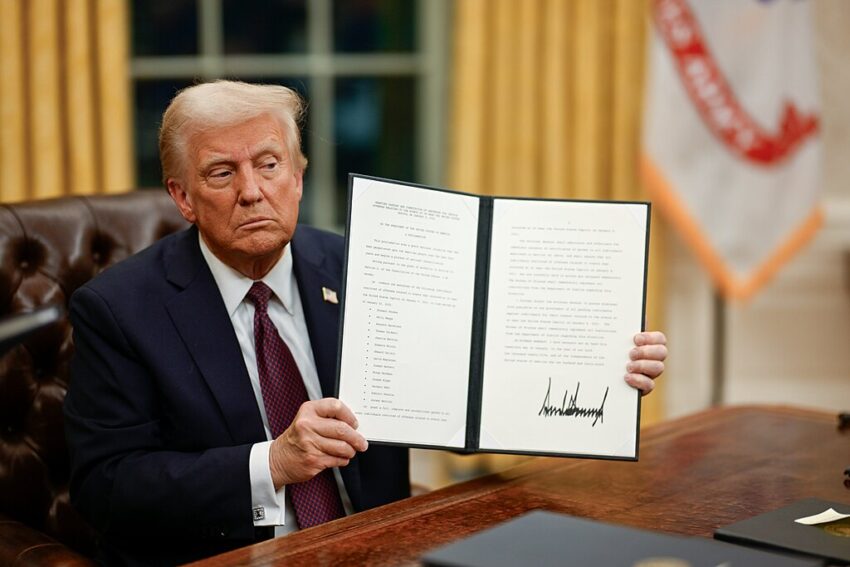Under this agreement, UK suppliers will be given near-equal status to Indian companies, simplifying the bidding process by granting real-time notification on upcoming tenders. There is also enhanced flexibility regarding local sourcing: UK goods can qualify for contracts with only a 20% domestic input requirement. This change is expected to enable UK firms to compete across a broader spectrum of projects.
However, analysts warn that several hurdles remain for these UK contenders. While constructs classify UK firms as Class-II local suppliers, Indian players maintain Class-I status, receiving preferential advantages. Dr. Arpita Mukherjee from the Indian Council for Research on International Economic Relations pointed out that pricing would be a major challenge, as UK companies typically have higher operational costs, which can put them at a disadvantage in competitive bidding scenarios.
Additionally, logistical issues such as delayed payment processes and ineffective contract enforcement have historically plagued public procurement in India. Srijan Shukla from the Observer Research Foundation emphasized that unresolved payments can cause substantial hurdles, suggesting that UK firms might struggle with the long payment cycles typical of public contracts in India. A report on central public-sector procurement from 2017 to 2020 indicated that overdue payments often exceeded annual procurement totals, impacting smaller businesses significantly.
Despite these challenges, the shift towards more open access to India's procurement market signifies a crucial shift in policy that could reshape foreign involvement in government contracts. This development reflects the Indian government's willingness to explore advantageous openings for foreign companies, potentially leading to improved standards in procurement processes that have historically been chaotic.
The global landscape of trade may find India’s ongoing adjustments stimulating future agreements, particularly as it seeks to balance local enterprise support with competitive global practices, even amidst a backdrop of slow reform regarding payment and contract issues.
However, analysts warn that several hurdles remain for these UK contenders. While constructs classify UK firms as Class-II local suppliers, Indian players maintain Class-I status, receiving preferential advantages. Dr. Arpita Mukherjee from the Indian Council for Research on International Economic Relations pointed out that pricing would be a major challenge, as UK companies typically have higher operational costs, which can put them at a disadvantage in competitive bidding scenarios.
Additionally, logistical issues such as delayed payment processes and ineffective contract enforcement have historically plagued public procurement in India. Srijan Shukla from the Observer Research Foundation emphasized that unresolved payments can cause substantial hurdles, suggesting that UK firms might struggle with the long payment cycles typical of public contracts in India. A report on central public-sector procurement from 2017 to 2020 indicated that overdue payments often exceeded annual procurement totals, impacting smaller businesses significantly.
Despite these challenges, the shift towards more open access to India's procurement market signifies a crucial shift in policy that could reshape foreign involvement in government contracts. This development reflects the Indian government's willingness to explore advantageous openings for foreign companies, potentially leading to improved standards in procurement processes that have historically been chaotic.
The global landscape of trade may find India’s ongoing adjustments stimulating future agreements, particularly as it seeks to balance local enterprise support with competitive global practices, even amidst a backdrop of slow reform regarding payment and contract issues.





















